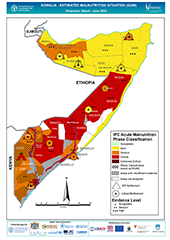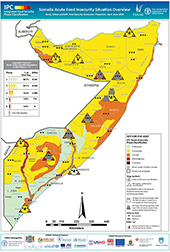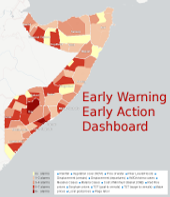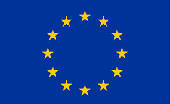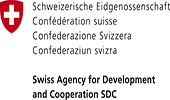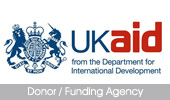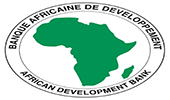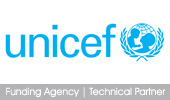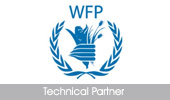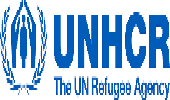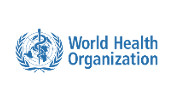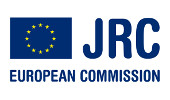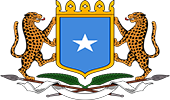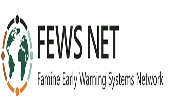FSNAU In Focus
-
FSNAU Nutrition Update for Somalia - Preliminary findings from 2016 Gu season nutrition surveys among Internally Displaced Persons (IDPs) in Somalia
July 5, 2016Read More ....
Key Highlights
As part of Gu 2016 assessment plan, FSNAU and partners working in Somalia conducted integrated Nutrition and Food security assessments among the 12 Internally Displaced Person (IDP) settlements across Somalia from May 28th to June 3rd 2016. A total of 7 683 children (6-59 months) and 3 710 of women in the reproductive age group (15-49 years) were taken from 4 520 households. The objective of the assessments was to monitor the nutrition situation of these vulnerable IDP population groups as part of FSNAU’s biannual surveillance activities. The... -
East Golis Frankincens, Goat and Fishing Livelihood Zone, Baseline Report
May 18, 2016Read More ....
In November 2012, the Food Security and Nutrition Analysis Unit (FSNAU) conducted a baseline assessment in the East-Golis-Frankincense, Goats and Fishing livelihood zone. The purpose of the exercise was to assess the main sources of food and income in East-Golis-Frankincense, Goats and Fishing livelihood zone during the reference year; and to measure the extent, depth, and the underlying causes of vulnerability to livelihoods and food insecurity in...
-
FSNAU Nutrition Update, May 2016
May 18, 2016Read More ....
Overview of Health facility based nutrition surveillance (Jan-Mar 2016)
FSNAU compiles and analyses health facility based nutrition survellence data and field reports which are reported through the Nutrition Update. The current Nutrition Update covers data from health facilities and field reports for the period January to March 2016.The general objective of the health facility based nutritional surveillance is to monitor malnutrition trend (GAM by WFH from screening facilities and admission from therapeutic centers) and other secondary...
-
FSNAU 2015 Somalia Post Deyr Nutrition Technical Series report
April 29, 2016Read More ....
FSNAU is pleased to announce the release of its 2015 Somalia Post Deyr Nutrition Analysis Technical Series Report.
The report reflects results from 40 standard nutrition surveys conducted by FSNAU between September through December 2015 across most regions and livelihood zones of Somalia, covering displaced urban and rural populations. The overall goal of these surveys were to establish the extent and the severity of acute malnutrition and determine the contributing factors of malnutrition among different livelihoods in Somalia in. These assessments were conducted in collaboration... -
Somalia continues to face large scale food insecurity compounded by poor rainfall and drought
February 8, 2016
38 percent of the population classified as acutely food insecure; 304,700 children acutely malnourished
Read More ....February 8, 2016, Nairobi/Washington – Somalia will continue to face large-scale food insecurity between now and June 2016 as a result of poor rainfall and drought...
- FSNAU Nutrition Analysis Technical Series Report Post Gu 2015
October 16, 2015Read More ....Between May through July 2015, FSNAU conducted 39 seasonal nutrition surveys across most regions and livelihood zones of Somalia, covering displaced (13), urban (6) and rural populations (20). The overall goal of this seasonal assessment was to establish the extent and the severity of acute malnutrition and determine the contributing factors of malnutrition among different livelihoods in Somalia in. The assesments were conducted in collaboration with Government institution (Ministry of Health) and partners.
METHODOLOGY
The surveys were cross sectional based...
- FSNAU Post Gu 2015 Food Security and Nutrition Technical Report
October 2, 2015Read More ....Latest findings from a joint countrywide seasonal assessment by Food Security and Nutrition Analysis Unit (FSNAU) and partners, indicate that 855 000 people across Somalia will be in Crisis and Emergency (IPC Phases 3 and 4) through December 2015. This figure represents a 17 percent increase over the estimate for February to June 2015. Internally displaced persons (IDPs) constitute 68 percent of the total number of people in in Crisis and Emergency (IPC Phases 3 and 4), followed by rural (25 percent) and urban (7 percent) populations. Approximately 2.3 million additional people are...
- FSNAU-FEWS NET Technical Release, August 31, 2015
August 31, 2015Read More .......
- Updated Somalia Livelihood Zones Map, April 2015
June 4, 2015Read More ....Livelihoods zoning is a kind of economic geography, dividing a country’s population into relatively homogenous areas defined by common characteristics of the economy of households. Using this approach, Somalia was divided into a number of livelihood zones by the Food Security and Nutrition Analysis Unit (FSNAU). The most recent Somalia Livelihood Zone map developed by FSNAU and in use since 2009 contained 33 Livelihoods Zones (32 rural plus 1 urban). To date, these livelihood zones have served as the basis for and levels at which seasonal assessments food security and nutrition...
- FSNAU Releases Post Deyr 2014/15 Nutrition Analysis Technical Series Report
March 5, 2015Read More ....The prevalence of acute malnutrition among children under five years is a sensitive and objective crisis indicator, reflecting the wider situation of emergency affected populations, including their food security, livelihoods, public health and social environment. The Food Security and Nutrition Analysis Unit (FSNAU) conducted 41 anthropometric and retrospective mortality surveys from October to December 2014 (post-Deyr 2014/15) covering 28 996 children (6-59 months) from 17 790 households across most regions and...
- FSNAU Nutrition Analysis Technical Series Report Post Gu 2015
